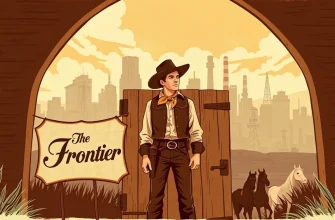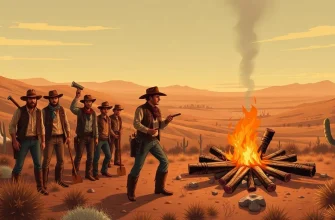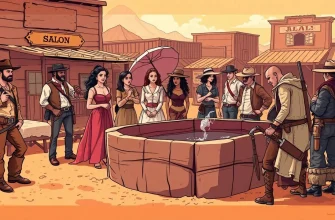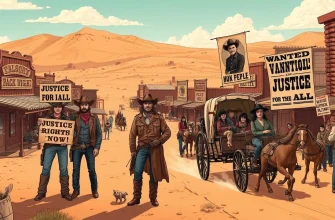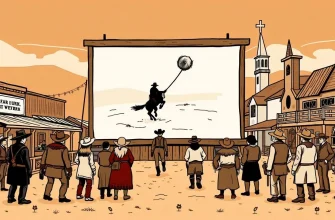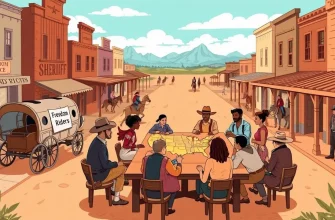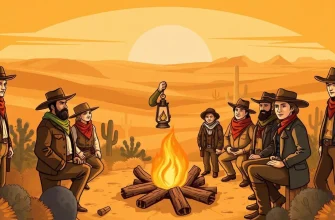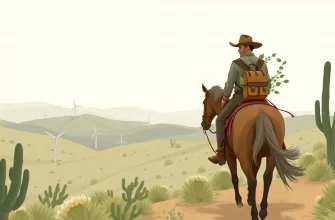The Western genre has often been a canvas for exploring themes of justice, change, and societal evolution. This curated list of ten films delves into the heart of the American frontier, showcasing stories where characters challenge the status quo, fight for rights, and push for societal transformation. These films not only entertain but also educate, offering a unique perspective on how the West was shaped by the very movements that defined its era.
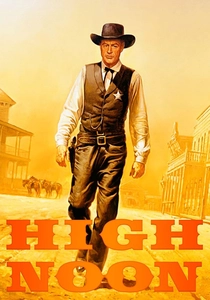
High Noon (1952)
Description: This film, starring Gary Cooper, is often interpreted as an allegory for McCarthyism, with the town's refusal to help the marshal symbolizing the fear and inaction during the Red Scare.
Fact: The film was shot in real-time, with the entire story unfolding in the span of 85 minutes.
 Watch Now
Watch Now
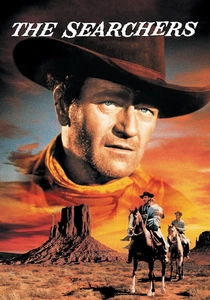
The Searchers (1956)
Description: John Ford's epic explores themes of racism, revenge, and the changing frontier, with a complex portrayal of a man's journey through a society in flux.
Fact: The film was shot in Monument Valley, a location Ford used frequently, and its ending has been debated for its ambiguity.
 Watch Now
Watch Now

The Magnificent Seven (1960)
Description: While not explicitly about social movements, this film's narrative of a group of outcasts banding together to protect a village can be seen as a metaphor for collective action against oppression.
Fact: The film was a remake of Akira Kurosawa's "Seven Samurai," adapting the story to a Western setting.
 Watch Now
Watch Now

The Man Who Shot Liberty Valance (1962)
Description: John Ford's classic explores the transition from lawlessness to civilization, highlighting the struggle between old and new ways of life, and the myth-making that accompanies social change.
Fact: The film was shot in black and white to evoke the feel of an earlier era, despite color being widely available at the time.
 Watch Now
Watch Now
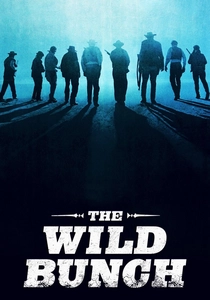
The Wild Bunch (1969)
Description: Sam Peckinpah's film is a meditation on the end of the Old West, focusing on outlaws who are relics of a bygone era, reflecting on the changing social landscape.
Fact: The film's graphic violence was groundbreaking for its time, leading to debates about film censorship.
 Watch Now
Watch Now
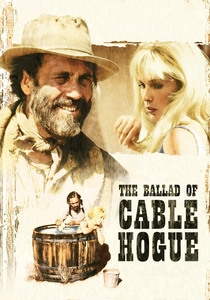
The Ballad of Cable Hogue (1970)
Description: This film, directed by Sam Peckinpah, tells the story of a man who, after being left for dead, finds water in the desert and builds a way station. It subtly explores themes of capitalism, individualism, and the changing landscape of the West.
Fact: The film was shot in the Nevada desert, and Peckinpah himself played a small role as a preacher.
 Watch Now
Watch Now

Little Big Man (1970)
Description: This film offers a revisionist take on the Western, focusing on the life of a white man raised by the Cheyenne, and the cultural clash and social upheaval of the time.
Fact: Dustin Hoffman's portrayal of Jack Crabb was critically acclaimed, and the film was one of the first to present Native Americans in a sympathetic light.
 Watch Now
Watch Now
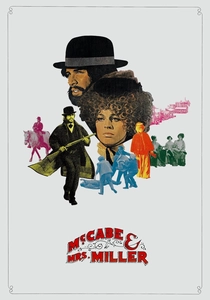
McCabe & Mrs. Miller (1971)
Description: Robert Altman's film delves into the entrepreneurial spirit of the West, the rise of capitalism, and the exploitation of women, reflecting broader social changes.
Fact: The film was shot in Vancouver, Canada, to replicate the look of a Pacific Northwest mining town.
 Watch Now
Watch Now
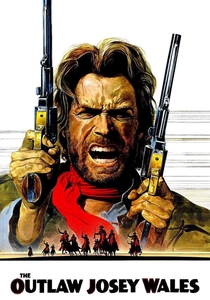
The Outlaw Josey Wales (1976)
Description: Clint Eastwood's character, seeking revenge and then redemption, navigates a post-Civil War America, highlighting themes of reconciliation and the quest for justice.
Fact: Eastwood directed, starred, and co-wrote the screenplay, making it a personal project that reflected his views on the Western genre.
 Watch Now
Watch Now

The Ox-Bow Incident (1943)
Description: A powerful tale of mob justice and the consequences of vigilante action, this film examines the moral complexities of frontier law and the need for due process.
Fact: The film was based on a novel by Walter Van Tilburg Clark and was one of the first to challenge the romanticized view of the West.
 30 Days Free
30 Days Free


